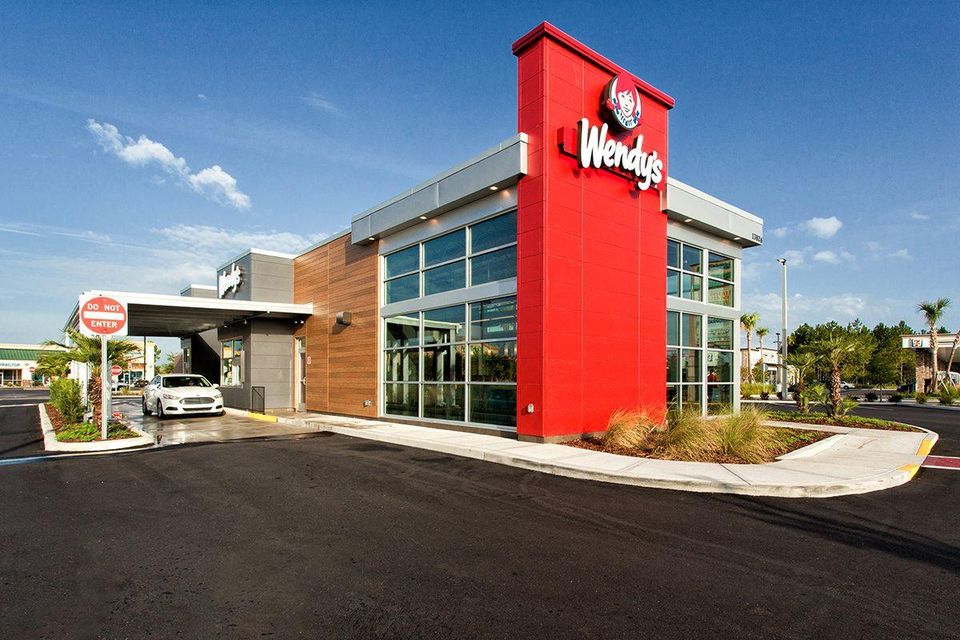Better Buildings Challenge: Creating A Recipe For Energy Efficiency
A single person or business can only do so much. When groups come together to achieve a common goal, that’s when the magic happens; and it’s the driving force behind the Better Buildings Challenge.
Through the Better Buildings Challenge, the U.S. Department of Energy has challenged organizations to join forces and come up with a plan of action. Together the participating groups are collectively reducing the energy usage of their building portfolios.
So why focus on improving the energy efficiency of buildings? There’s a good reason.
What is the Better Buildings Challenge?
CEOs, university presidents, state and local government leaders, and building trailblazers across more than 300 industry sectors are pioneering this energy-saving movement. Their goal is clear – to improve sustainability efforts by reducing the energy intensity of their buildings by 20% over the next ten years.
According to the U.S. Department of Energy, these organizations represent over 4.4 billion square feet of building real estate. To help put that into perspective – these buildings take up more than 76,000 football fields worth of space! More importantly, that space represents enormous energy savings potential.
Based on the Better Buildings Challenge shared energy data, since the challenge began, participants have benefited from an average of 2% a year in cost savings. A few percentage points may not seem like much, but in total, the savings have added up to over $1.9 billion.
And the number is still growing as organizations learn from one another on how to develop and implement sustainably designed buildings and resource efficient practices.
A great example of industry leadership in energy efficient building design and management is the Wendy’s Company. They make great tasting hamburgers, but what’s in their recipe for energy efficiency success?

Image by Wendy’s. Follow them on Twitter.
Wendy’s Takes on the Better Buildings Challenge
Wendy’s is an established but continually growing quick-service restaurant chain and champion for energy management. The Wendy’s partner profile, provided by the Better Buildings Challenge, gives a quick overview of the company’s progress to achieving their overall energy goals.
Energy Goal: 20% reduction in energy use per transaction
Commitment: 4.9 million square feet
Wendy’s is taking on the challenge with a number of energy efficient projects that showcase their ongoing leadership and commitment.
Energy Leadership and Successes
Wendy’s business model is franchise based. As described by the Wendy’s Company, franchises account for nearly 95% of their chain’s +6,500 restaurants. With a knack for innovative leadership, the Wendy’s Company became one of the very first restaurant chains to help its franchisees participate in the Better Buildings Challenge. All together, they are paving the way for the restaurant industry.
Working with franchise partners on the company’s overall energy saving mission meant providing a framework and support system. By giving franchisees energy guidance, it has empowered them to overcome common benchmarking hurdles. Some examples of Wendy’s leadership in this effort included coaching franchisees on how to set up ENERGY STAR Portfolio Manager® Portfolio Manager® is a system that allows commercial buildings to track their energy data.
In addition to setting up Portfolio Manager®, Wendy’s works with JadeTrack – leveraging the benefits of a cloud-based energy analytics platform. Through this partnership, Wendy’s Corporate Headquarters in Dublin, Ohio is benefiting from improved visibility to the buildings’ energy usage through real-time data.
That means instead of reacting to an energy bill every month, building managers can now track their energy usage in real time. This capability allows them to identify energy savings opportunities and proactively make changes.
Contact us to find out how real-time data helps identify and deliver insights that improve building performance.
The Wendy’s energy management team has also developed a scorecard. The scorecard helps benchmark and rank the energy use per transaction for all facilities.
Informed with good energy data, Wendy’s has implemented 1,100 energy upgrade projects. These projects include investments in innovative and highly energy efficient equipment for both new and remodeled restaurants.
Also, their headquarters started a communication platform, the Energy Times, to provide their restaurant teams with sustainability strategies and energy-related best practices.
Commitment to Sustainable Design
The company’s ambitious energy efficiency goals and the dedication of their leadership team is evident. In 2017 Wendy’s introduced a forward-thinking concept referred to as their “Smart Family Of Designs.”
The features of the design upgrades include “outdoor patio furniture made from recycled materials and exterior and interior LED lighting that provides better quality lighting while lowering energy use. In fact, LED lights and fixtures account for a 70% drop in energy usage versus using the traditional fluorescent tube lighting. Kitchens are outfitted with ENERGY STAR certified equipment, including fryers and high-efficiency HVAC systems with options for refrigerators, ice cube compressors, and other equipment.”
According to a recent press release – Abigail Pringle, Chief Development Officer for Wendy’s, spoke about the importance of their new restaurant designs.
“Our new restaurant designs enhance our commitments to reduce energy usage across the Wendy’s system. Energy conservation makes good business sense, and it reflects the responsibility we have to be a good neighbor.”
Abigail Pringle, Wendy’s Chief Development Officer
Innovating and designing buildings with a sustainability focus is an essential way for Wendy’s to cut energy costs and greenhouse gas emissions. Both will help them remain competitive in their market.
Buildings are a critical part of customer experience. Wendy’s smart investments in the future of their facilities send a positive message to the people who eat there and the employees that work there. Through their participation in the Better Buildings Challenge, Wendy’s shows a continued commitment to shareholder value with consideration for all of their stakeholders.
Energy efficiency leadership doesn’t happen overnight. But there are some habits that any organization can adopt to position themselves to have similar success.
Habits of Leaders in Energy Efficiency
Energy efficiency is about dedication and commitment to small changes over time. It may require stretching outside comfort zones and developing solutions that don’t yet exist.
The organizations that have stepped up for the Better Buildings Challenge share more than just a vision for sustainability. Certain habits are fundamental in developing a positive mindset for your energy management team.
Based on the ongoing observations of the U.S. Department of Energy, there are five keys habits of leaders in energy efficiency. These energy and sustainability leaders:
- Know their goal
- Leverage data to make decisions
- Combine technology and teamwork
- Champion change
- Seek out best practices and evolve
By prioritizing energy management, setting clear goals, tracking energy data, and implementing better solutions, any organization can position themselves to make a significant impact.
We can’t stress this enough – to make good energy decisions, you need to track your energy data.
The Key to Energy Management
Transparency is a big part of Better Buildings Challenge. Data is key to tracking the program’s successes. Energy data enables organizations to share their specific accomplishments, strategies and solutions with both internal and external teams.
JadeTrack partners with participating organizations like Wendy’s. We provide their team with the tools to track the energy efficiency of all their facilities in a user-friendly platform. When you have all your data in one place it’s easy to start putting it into action.
But sometimes you need a little help to get started.
JadeTrack Automates Energy Data Management
JadeTrack helps you visualize and track all your existing energy data in one place, making it easy to start identifying opportunities that maximize savings.
Get started by creating an energy benchmarking plan for your buildings. We’ll be here to answer any questions!

